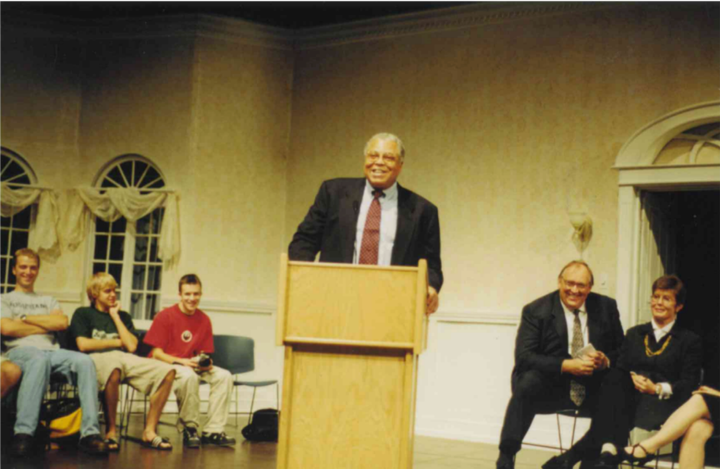Protests alone are ineffective, require non-peaceful actions



In 1846, in protest of slavery and the Mexican-American War, Henry David Thoreau refused to pay his taxes. For this, he was jailed while the war continued unabated.
In 1893, Frederick Douglass and Ida B. Wells staged boycotts of the World’s Columbian Exposition in Chicago to protest the lack of exhibitions on African-Americans. For this, the Exposition continued unabated.
In 1913, Alice Paul and Lucy Burns led a protest march at President Woodrow Wilson’s inauguration demanding suffrage for women. For this, the marchers were accosted and harassed. They failed to make substantial gains until the outbreak of World War I.
In 1979, more than 100,000 people marched on Washington D.C. advocating for LGBT rights. For this, no legislation was passed and the Supreme Court did not rule until 2003 that criminalization of homosexuality was a violation of the 14th amendment.
In January 2003, mass demonstrations in Seattle, Barcelona, San Francisco, Toronto, London, Tokyo, Istanbul, Atlanta and several other cities took place in protest of the proposed war in Iraq. For this, the war was approved overwhelmingly in the Senate and continues to this day.
Such a dismal record for protests is indicative of how little power they hold in American society. For all the veneration of protests and marches, they have a scant historical record of success and a much larger record of being ignored entirely.
Numerous studies have looked into the actual use of protests, largely coming to the same conclusion: they have a negligible impact on policy positions. University of Columbia professor Dana Fisher concluded such in an interview with National Public Radio in 2008, stating that modern protests are ineffectual and largely a lost effort.
Moises Naim, writing for The Atlantic, noted that autocratic Turkish Prime Minister Recep Erdogan improved in elections after mass protests against his regime.
Advocates for protests have two equally flawed examples usually cited as proof of their usefulness: Gandhi and Martin Luther King Jr. Both discount the vital role of non-peaceful actions in securing any advancements.
During the long Indian independence movement, the British government had long succeeded at suppressing any attempted demonstrations or revolts.
It was not until the Bombay Mutiny, in which several thousand Indian sailors captured British warships in a revolt, that the British government could no longer rely on suppression by the military as an adequate response. Independence soon followed.
The Sepoy Rebellion in 1857 was just as vital in ensuring the existence of an independence movement—and just as successful in removing the current authority over India, the East India Company—as Gandhi’s peaceful approaches.
Equally, the success of MLK can be traced back to Black Power movements that were explicitly violent in their methods and aims. Timothy Tyson, writing in the Journal of American History, noted that violent methods operated “in tandem with legal efforts,” noting the Student Nonviolent Coordinating Committee openly had armed guards for their editors and stressed that “the Negro must protect himself.”
In short, remember that it was the bullet, not the ballot, which freed the country and later the slaves. And nothing suggests that this is no longer true.



